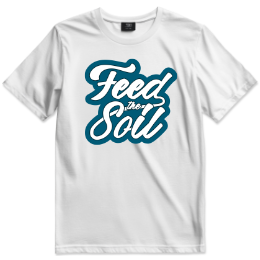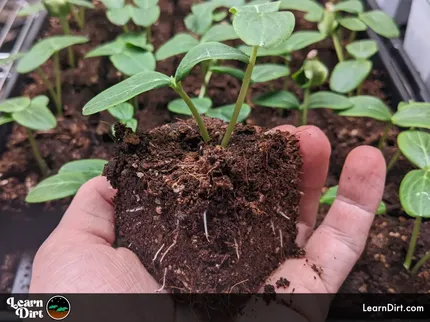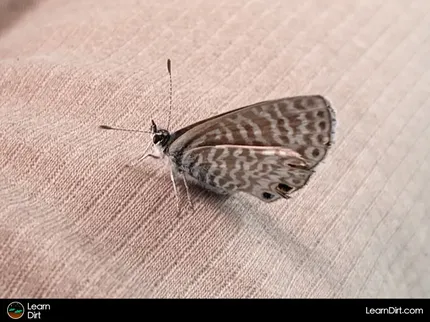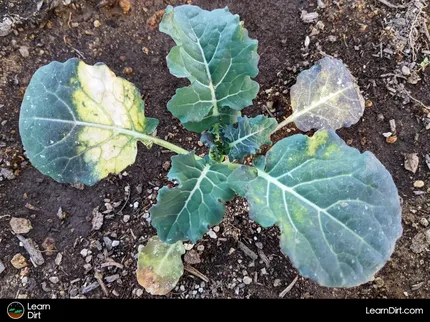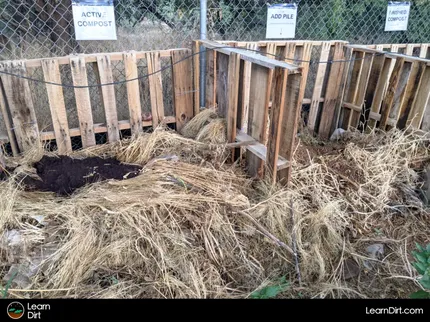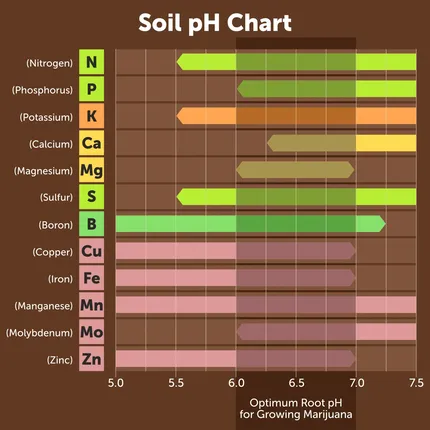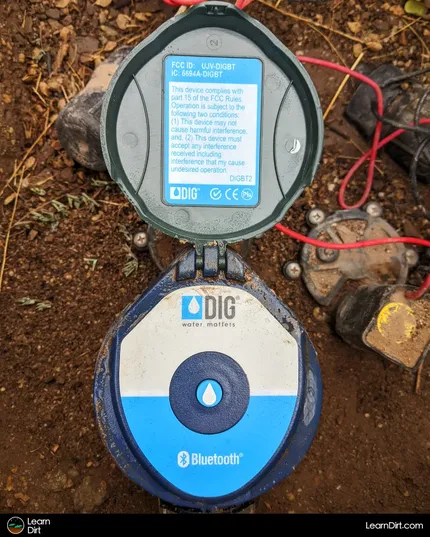Table of Contents
- Why Do Plants Need Phosphorus?
- What Happens When Plants Don't Get Enough Phosphorus?
- What Does Phosphorus Deficiency Look Like?
- Phosphorus Deficiency Causes
- How To Correct Phosphorus Deficiency
- Avoiding Phosphorus Deficiency in the Future
* Our articles never contain AI-generated slop *
Curious if your plants might be suffering from a phosphorus deficiency, and what you can do about it? We've got you.
Phosphorus is an essential nutrient for plants, and is #2 on the list of primary macros needed after only Nitrogen.
This article is part of a series on Diagnosing Plant Issues.
Disclaimer: This post may contain affiliate links. Refer to the privacy policy for more information.
Why Do Plants Need Phosphorus?
Many gardeners associate phosphorus with the flowering and fruiting stages of development. While phosphorus is absolutely critical for these stages, it's also needed for:
- Photosynthesis
- Root Development
- Cell Division
- Energy Transfer
- Production of DNA & RNA
As you can see, phosphorus is essential during every phase of plant development - and becomes even more critical during flowering and fruiting.
If your plants are suffering from a phosphorus deficiency, they aren't going to be happy or productive.
What Happens When Plants Don't Get Enough Phosphorus?
Without phosphorus, growth slows.
Plants' ability to produce ATP is constrained, limiting all metabolic activity.
Roots fail to develop, and cannot access the nutrients that healthy roots could.
Join The Grower's Community
A FREE, friendly forum
where you can ask questions,
swap tips, and meet like-minded growers 🌱
Check It Out!
Flowering may never happen, or fruit may never set. Yields are reduced if plants yield at all.
Plants will become weak and sickly, and generally incapable of thriving.
Needless to say, it's critical that your plants have access to enough phosphorus to thrive.
What Does Phosphorus Deficiency Look Like?
Phosphorus deficiency presents in a number of ways, including any of the following:
- Older leaves may turn purple or blue
- Foliage may turn dark green and look healthy (this one can confuse folks)
- Leaves may curl downward
- Leaves may be smaller and more rigid than usual
- Weak stems
- Longer time to mature
Because phosphorus is a mobile nutrient, plants pull it out of the older growth and transport it to newer growth tips. Look for older leaves to suffer worse symptoms than new leaves because of this.
Phosphorus deficiency can appear similar to a number of other plant issues, so be sure to perform a soil test to be certain.
Also check out the following issues which present similarly to rule these out:
Phosphorus Deficiency Causes
Cold Soil
Uptake of many nutrients slows as soil temperature cools. At very cold temperatures, plants may lose some of their ability to uptake phosphorus, even when enough is present in the soil.
If your soil is extremely cold or frozen, your plant growth can stall and a number of deficiencies may present.
Compacted Soil
When soils are extremely compacted, to the point of impeding root growth, nutrients may become harder to access.
Remember that plants rely on their roots to get any phosphorus they need, and rock-hard soils can get in the way.
If you're dealing with bad soil campaction issues, work to improve soil structure first if possible.
How To Correct Phosphorus Deficiency
A few great organic solutions to phosphorus deficiency:
- Alfalfa Hay (as mulch)
- Alfalfa Meal
- Bat Guano
- Blood Meal
- Bone Meal
- Compost
- Compost Tea
- Crab Meal
- Feather Meal
- Fermented Plant Juice (FPJ)
- Fish Bone Meal
- Fish Emulsion
- Fish Meal
- Insect Frass
- Kelp Meal
- Seabird Guano
- Shrimp Meal
- Worm Castings
- Worm Tea
Avoiding Phosphorus Deficiency in the Future
Understand The Phosphorus Cycle, paying attention to the outputs through which P is lost.
That's all for now, thanks for reading!
If you have any questions, comments, or would like to connect with fellow gardeners, head on over to the forum and post there.

![Don't Till Away Your Carbon [Taffy]](/media/product_images/dont-till-away-your-carbon-[taffy]_sticker_260x260.png)
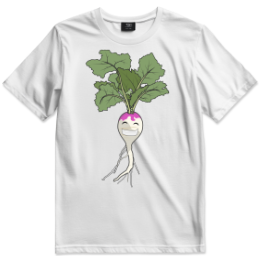

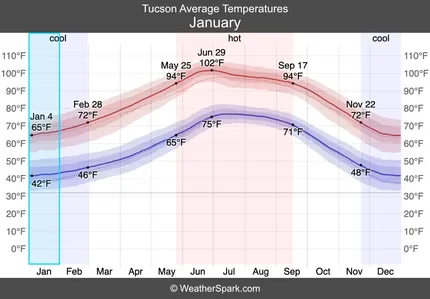
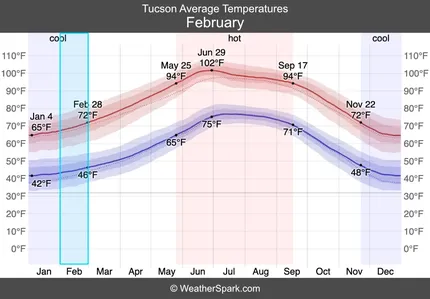
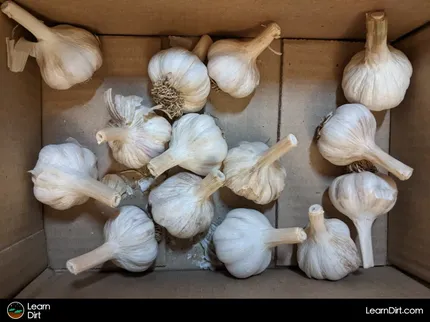
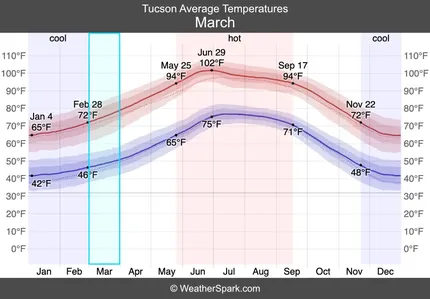
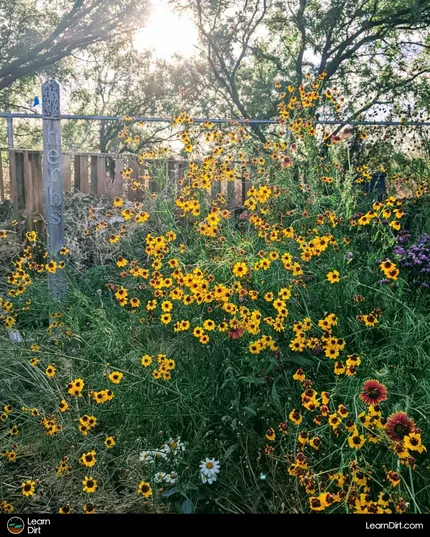
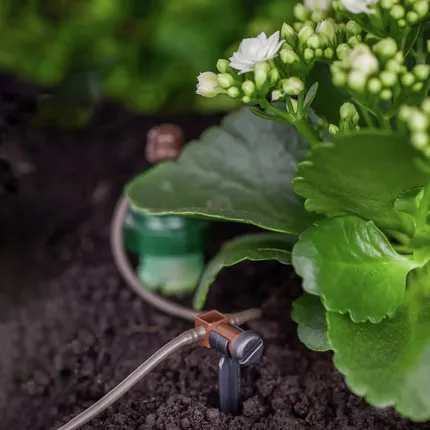
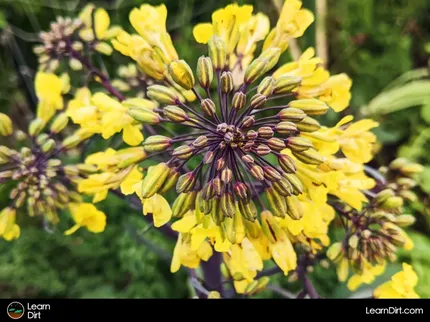

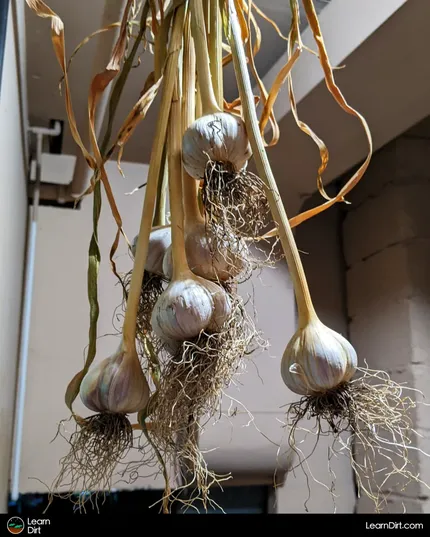
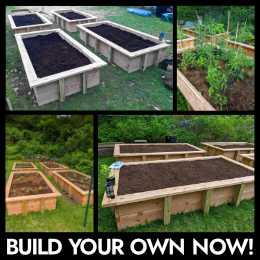

![Don't Till Away Your Carbon [Neon] Sticker](/media/product_images/dont-till-away-your-carbon-[neon]_sticker_260x260.png)
